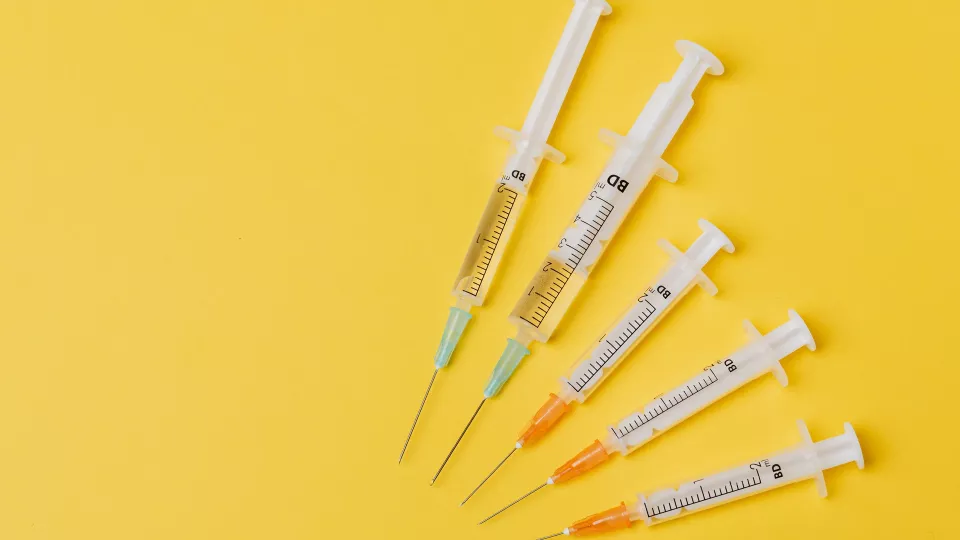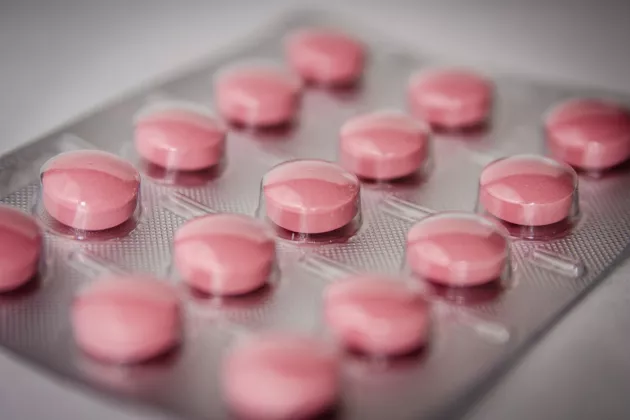Researchers from Brazil have recently published results from a small clinical trial (including 61 patients) evaluating three different treatments. The patients at random received either PRP, plasma, or saline (placebo) injections. All patients received two injections each in the knee joint within a two-week period. Neither the patients, the doctor who administered the injections nor the researchers were aware of which solution was given to which patient. This was only revealed at the end of the study after the results had been analyzed.
All three treatment groups improved approximately equally in terms of pain at the follow-up 24 weeks later. The results were -2.9 (PRP), -2.4 (plasma) and -3.5 (saline) on a 10-degree pain scale. There were also no significant differences in the week 6 or week 12 follow-up. However, the PRP group showed a higher frequency of side effects (65% versus 24% for plasma and 33% for saline). Most side effects were mild and included an increase in pain.
The improvement seen in all three groups is most likely due to so-called "contextual effects", that is the placebo effect and/or effects due to natural fluctuations in pain. Patients tend to begin treatment when they are in a "bad phase". When beginning treatment when the pain is very bad, it is more likely that symptoms improve than worsen. This phenomenon is known as "regression to the mean".
In summary, there is still not enough scientific evidence that proves that PRP treatment actually works for osteoarthritis pain beyond the contextual effects. Previous studies on the effectiveness of PRP have several methodological shortcomings, which make the results highly questionable. It is worth mentioning that PRP is an expensive treatment that the patient has to pay for himself/herself (the treatment is not subsidized by the state).
More high-quality studies on the effectiveness of PRP for osteoarthritis are needed.





